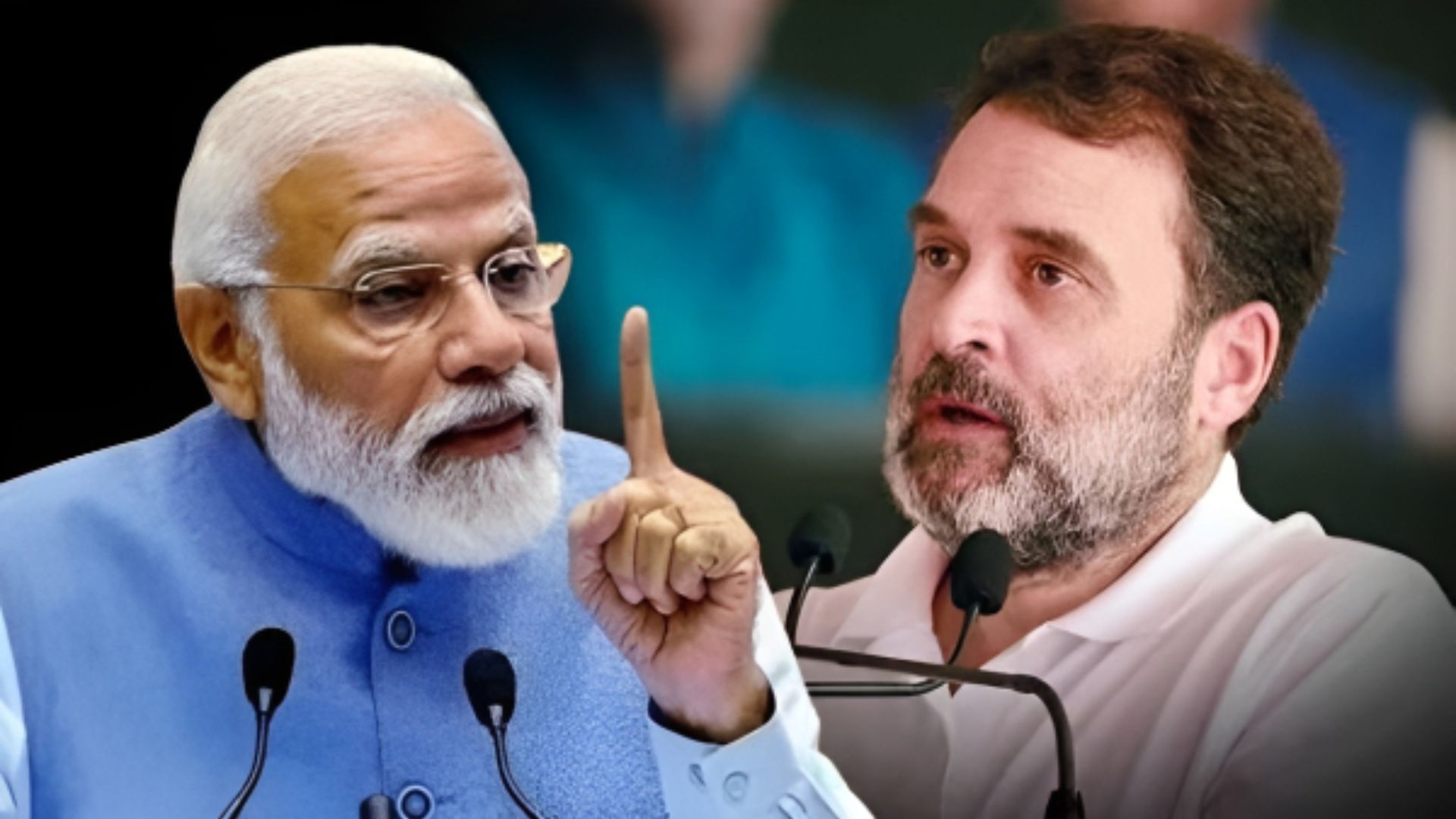
The unanimous verdict given by the exit polls in favour of the BJP and its Alliance partners, has certainly not gone down well with the Opposition parties, which besides questioning the methodology, have raised serious questions about the intent of such an exercise. If the exit polls hold, then Narendra Modi is all set to create a record by winning his third consecutive term as the Prime Minister. Buoyed by the findings, the BJP has already lashed out at the Opposition for not accepting the inevitable outcome of these fiercely fought elections. On the other hand, several leaders including Mallikarjun Kharge, Rahul Gandhi and Akhilesh Yadav, continue to claim that the I.N.D.I.A bloc was likely to get 295 seats, and these polls were bogus, and conducted to create a public opinion in favour of the ruling dispensation, ahead of the results.
The charge is that under the garb of the exit polls inferences, the BJP would try and influence the result, even though this may sound very far-fetched. Senior Congress leader Aay Maken put out a tweet on Sunday morning pointing out that the “Candidates Counting Agents’’ at the ARO table were not being allowed for the first time. He said that he was flagging the issue, so that the Election Commission rectifies the arrangement. The insinuation is that this was being done to help the Saffron Brigade. The BJP leaders are maintaining that the Prime Minister’s immense popularity and his welfare schemes had been widely accepted and the exit polls were an indication of this particular phenomenon.
The issues are simple and what the media has to perhaps do is to distinguish between the exit polls and the actual results. The TV channels should have been more forthright in putting a disclaimer on the findings, by clearly stating that these polls were not the actual results, and therefore should not be mistaken for the ultimate outcome. The distinction between the exit polls and the results should be more emphatic, and showing the findings consecutively, may help in increasing the TRP ratings but they also contribute to creating a perception which could be different from the reality.
There are multiple questions that have been raised about the accuracy of the exit polls. There is also concern as to how all the xit polls, using different methodologies, could have a similar inference, and also have numbers that are close to each other. Even in any examination when question papers are given, the students do not come out with identical answers unless there has been mass copying. There is always a variation. The second point which is very curious is that the sequence with which discussions on the exit polls unfolded on various channels, was a virtual replication of each. Most channels commenced with Tamil Nadu and South. The Opposition has alleged that this was possible only if there had been a briefing at some level to maintain uniformity in the narrative. This is hard to believe since there are journalists of repute who present these shows, and even if some of them are branded as Godi Media, it is difficult to imagine that they would stoop to such a level.
Yes, it is true that psephology is a young science and is continuously evolving. In a country as complex as ours, there are always challenges when the voting patterns are assessed. There is also the question of connectivity in some places and instant results are difficult to explain. For instance, there were channels which were showing the exit poll figures of a state like Himachal Pradesh, where polling took place on Saturday itself. The state may be small but to get inputs from far flung areas regarding the mood of voters is extremely difficult. Thus, the conclusions have to viewed with a certain amount of cynicism. In Punjab where the general belief has been that the BJP may not be able to open its account, given the strong anti-Centre sentiment that exists amongst the farmers and in rural areas, some of the exit polls have given three seats to the ruling party. This is not easy to digest and therefore there could be variance in what the exit polls state and the actual results. Yes, the exit polls do provide an indicator about the results where it has never been in doubt that the BJP would be the single largest party. In fact, when the elections commenced, this was the only certainty, and this has held on till the end. What is disputed is the number of seats, and this is what has to be seen.
No amount of political logic can convince the critics that the BJP numbers were increasing this time. If this is to be the case, it would be astonishing. There has also been concern over the conduct of the Election Commission, which by and large has not risen to the occasion, and has allowed transgressions to happen without intervening, when this was required. The Opposition parties have been time and again been raising questions about the EVMs, and this could be a subject of discussion even when the results are out.
However, it would not be right to blame the EVMs after participating in the poll process with eyes wide open. The mind games are more pronounced since there appears to be a mismatch between the assessment of many who covered the elections on the ground, and the findings of the exit polls. The actual results will put all speculations to rest and help in reinforcing the belief of the common citizen in democracy.